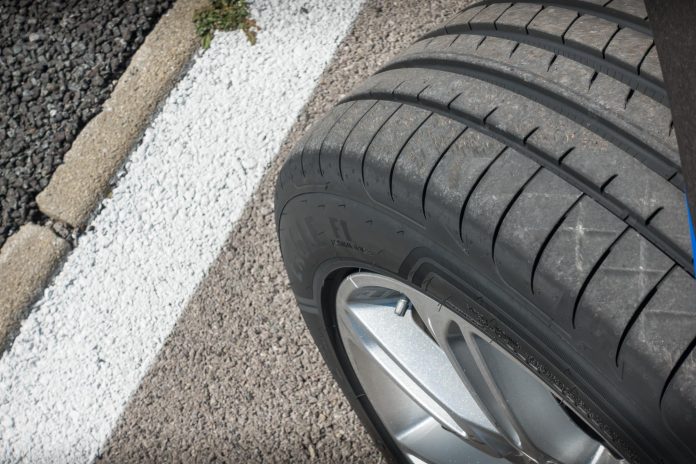The tyre is among the most important, and most overlooked, components on a car. They’re the only part of the vehicle that comes into contact with the road, and their role in ensuring that you get from one place to the next is difficult to overstate.
To get the best out of your car, it’s recommended that you change your tyres regularly. This will ensure that you’re able to maintain grip on the road in all conditions. But just how regularly are we talking about? There are a number of factors which might inform the decision.
Mileage
The number of miles you drive is an important consideration. A car that spends all year parked on your drive is going to suffer less wear and tear on its tyres than one that’s on the road for hours every day. On average, you should get around 20,000 miles out of the front tyres on a front-wheel-drive vehicle, and around twice that for the rear ones. You can shift the rear tyres to the front when the former need to be replaced, in order to maximise the mileage you get on your investment. Tyres from premium brands like Bridgestone should be able to cover more miles before needing to be replaced.
Age
Of course, tyres don’t last forever even if they’re not being driven, because of the abrasive effects of ultraviolet light from the sun, from rain, and from changes in temperature causing the rubber to expand and contract repeatedly. This is something that you can deal with, in part, by storing your car overnight in a garage, or some other location which offers protection from the elements.

Condition
Inspecting your tyres periodically will ensure that you know exactly when they need to be replaced. The legal limit for tread depth is 1.6mm, but you’ll suffer from a sharp decline in performance before you reach that point. For most drivers, it’s worth thinking about a replacement tyre when you reach 3mm. This is where the meaningful increases in your stopping distance will begin to occur.
If you notice that there are defects on the tyre, or that the tread depth is uneven, it might be a sign of a deeper underlying problem, like wheel misalignment, or an incorrectly inflated tyre.
Keeping Your Tyres For Longer
You can maximise the lifespan of your tyres by making a few tweaks to the way that you drive. Slowing down, and braking less harshly, will help enormously. The same goes for keeping your tyres properly inflated. If you spot hazards in the road, like pot-holes, then avoiding them will help you to lower your risk of sudden (and expensive) damage being inflicted.














